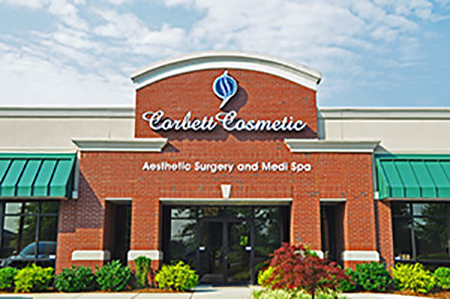Placement of the implant is one of the big decisions you will have to make as you consider breast augmentation. Above or below the muscle are the choices. So let’s dig into the issues here. First, a little history. In the 1960’s, 70’s, 80’s up to the moratorium on silicone breast implants in 1992, almost all of the implants used were silicone filled and they were placed on top of the muscle. That was the norm. Then questions arose about the safety of the silicone and they were voluntarily withdrawn from the market by the implant manufacturers and studied with the FDA until their re-emergence in 2006. During this time saline filled implants were used and initially these too were all placed on top of the muscle. Then the problems of rippling and wrinkling emerged. Saline implants wrinkle and ripple more than the gels, that’s just what they do, and so the idea of placing them behind the muscle arose. So from the early nineties on, placement of an implant behind the muscle became the norm. Then in the fall of 2006 today’s cohesive gel implants were re-released by the FDA which created our ‘placement’ question. Gel implants can go above or below the muscle. If a woman has little or no breast tissue I would never place the implant above the muscle. It’s just too obvious. If she is a big B or more to start, I think it’s reasonable. Now, the big advantage of going above the muscle is recovery. If we don’t lift that muscle up it just doesn’t hurt as much after. It doesn’t hurt nearly as much. But, by going on top of the muscle you also open the door to two problems that are much less likely if the implant is behind. These are capsular contracture and interference with Mammograms. The risk of capsular contracture, which is the formation of a thick scar shell that can deform the shape of the breast and make it very hard, is about 12 or 13% on top of the muscle but less than 1% below the muscle. Implants on top of the muscle also make it more difficult for the radiologist to see the whole breast when they are reading your mammogram films. This could result in an abnormality being missed or more likely the need for additional tests, like an ultrasound, spot compression views, or maybe even a MRI. So what do I recommend? For most breast augmentation patients I say the extra recovery is worth it. Yeah you will be more sore the first 3-4 days but after that you get the lifelong benefits of the submuscular placement.



